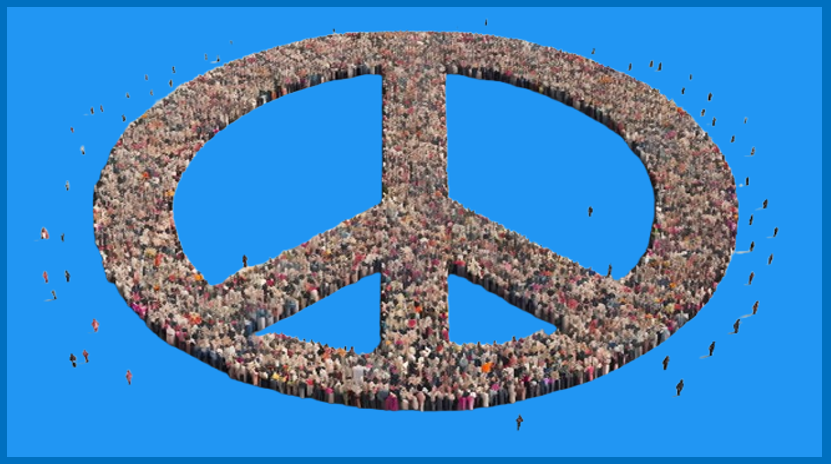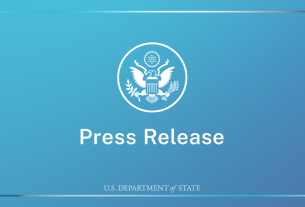Gaza/Jerusalem, 13 October 2025 — The U.S.-brokered ceasefire between Israel and Hamas has brought a rare pause to more than two years of devastating conflict, but concerns are mounting over its sustainability. Reports that Hamas fighters have entered territories vacated by Israeli forces following the initial troop pullback have raised fears of renewed hostilities and highlighted gaps in the ceasefire’s implementation.
Risks of a Power Vacuum
Under the agreement, Israeli forces are withdrawing in phases, with international mediators — including the United States, Egypt, Qatar, and Turkey — tasked with overseeing compliance. However, no fully operational peacekeeping force has yet been deployed to secure areas left vacant. Analysts warn that this vacuum could allow armed groups to reassert control, undermining the credibility of the truce.
Diplomatic sources stress that the ceasefire framework envisioned an International Stabilization Force (ISF) to eventually replace Israeli troops in sensitive zones. Delays in mobilizing this force have left communities vulnerable and complicated the delivery of humanitarian aid.
Humanitarian Imperatives
The ceasefire has opened the way for a surge in aid, with up to 600 trucks of food, medicine, and fuel expected to enter Gaza daily. Yet aid groups caution that without coordinated logistics and neutral oversight, supplies risk being diverted or mismanaged. The United Nations has already warned that famine conditions persist in parts of Gaza, making efficient distribution a matter of life and death.
The Role of Media and Public Discourse
Observers also emphasize the responsibility of journalists and media outlets in this sensitive period. Inflammatory or unverified reporting could inflame tensions, while balanced coverage can help sustain public support for peace. With both Israeli and Palestinian civilians bearing the brunt of the war, media narratives will play a crucial role in shaping perceptions of the ceasefire’s legitimacy.
Outlook
The ceasefire represents the most significant diplomatic breakthrough since the war began in 2023. But unless robust monitoring, peacekeeping deployment, and humanitarian coordination are swiftly put in place, the risk of relapse into violence remains high. For the people of Gaza and Israel, the difference between a fleeting truce and a lasting peace will depend on whether all parties — and the international community — can translate fragile agreements into durable structures.
Sources: Al Jazeera; NBC News; CBS News; National Herald India; U.S. State Department briefings.



